Filter by
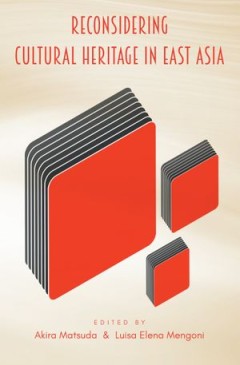
Reconsidering Cultural Heritage in East Asia
The concept of ‘cultural heritage’ has acquired increasing currency in culture, politics and societies in East Asia. However, in spite of a number of research projects in this field, our understanding of how the past and its material expressions have been perceived, conceptualised and experienced in this part of the world, and how these views affect contemporary local practices and notions …
- Edition
- -
- ISBN/ISSN
- 9781909188891
- Collation
- -
- Series Title
- -
- Call Number
- 301 REC r
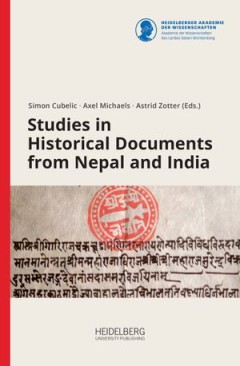
Studies in Historical Documents from Nepal and India
- Edition
- -
- ISBN/ISSN
- 9783946054719
- Collation
- -
- Series Title
- -
- Call Number
- -
- Edition
- -
- ISBN/ISSN
- 9783946054719
- Collation
- -
- Series Title
- -
- Call Number
- -
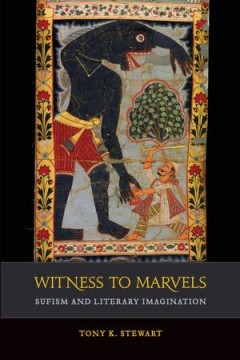
Witness to Marvels
Witness to Marvels traces the development of a unique genre of Sufi-inspired Bengali romances called pir kathas, whose protagonists and plots are wholly fictive. For five centuries these fabulations have parodied indigenous and Hindu textual traditions. Both mimicking and mocking, these parodies adopted a subjunctive tone, exploring a magical world of ‘what-if’. They created an Islam-inflec…
- Edition
- -
- ISBN/ISSN
- 9780520973688
- Collation
- -
- Series Title
- -
- Call Number
- -

Witness to Marvels
Witness to Marvels traces the development of a unique genre of Sufi-inspired Bengali romances called pir kathas, whose protagonists and plots are wholly fictive. For five centuries these fabulations have parodied indigenous and Hindu textual traditions. Both mimicking and mocking, these parodies adopted a subjunctive tone, exploring a magical world of ‘what-if’. They created an Islam-inflec…
- Edition
- -
- ISBN/ISSN
- 9780520973688
- Collation
- -
- Series Title
- -
- Call Number
- -
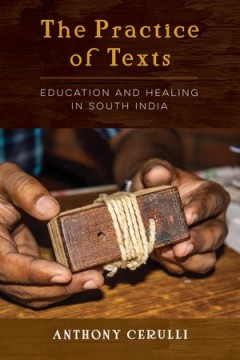
The Practice of Texts Education and Healing in South India
The Practice of Texts examines the uses of the Sanskrit medical classics in two educational institutions of India’s classical life science, Ayurveda: the college and the gurukula. In this interdisciplinary study, Anthony Cerulli probes late- and postcolonial reforms in ayurvedic education, the development of the ayurvedic college, and the impacts of the college curriculum on ways that ayurved…
- Edition
- -
- ISBN/ISSN
- 0520383559,
- Collation
- -
- Series Title
- -
- Call Number
- -
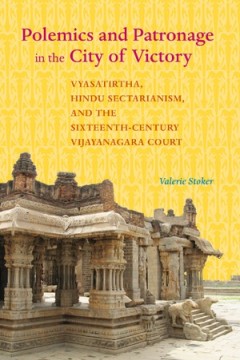
Polemics and Patronage in the City of Victory Vyasatirtha, Hindu Sectarianis…
- Edition
- -
- ISBN/ISSN
- 9780520965461
- Collation
- -
- Series Title
- -
- Call Number
- -
- Edition
- -
- ISBN/ISSN
- 9780520965461
- Collation
- -
- Series Title
- -
- Call Number
- -
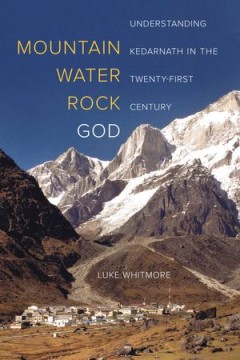
Mountain, Water, Rock, God
In Mountain, Water, Rock, God, Luke Whitmore situates the disastrous flooding that fell on the Hindu Himalayan shrine of Kedarnath in 2013 within its broader religious and ecological contexts. For centuries, the enmeshing of Shiva with the Himalayan environment has animated how Hindus conceptualize and experience Kedarnath. The floods publicly affirmed the fundamentally Himalayan and Shiva-orie…
- Edition
- -
- ISBN/ISSN
- 9780520970151
- Collation
- -
- Series Title
- -
- Call Number
- -
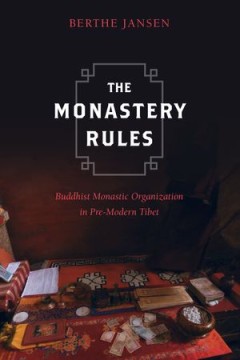
The Monastery Rules
"The Monastery Rules discusses the position of monks and monasteries in pre-1950s Tibetan Buddhist societies. Using the monastic guidelines (bca’ yig) as primary sources, this book examines the impact of Buddhist monastic institutions on Tibetan societies by looking at their monastic policies that deal with organization, economy, justice, and public relations. As this type of literature has n…
- Edition
- -
- ISBN/ISSN
- 9780520969537
- Collation
- -
- Series Title
- -
- Call Number
- -
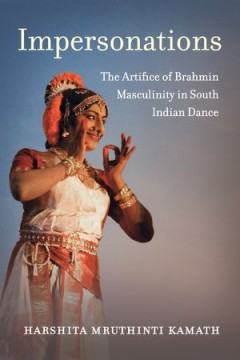
Impersonations
Drawing on multisited ethnographic fieldwork and performance analysis, this book centers on an insular community of Smarta brahmin men from the Kuchipudi village in Telugu-speaking South India, who are required to don strī-vēṣam (woman’s guise) and impersonate female characters from Hindu religious narratives. According to the hagiography of Siddhendra, the founding saint of Kuchipudi d…
- Edition
- -
- ISBN/ISSN
- 9780520972230
- Collation
- -
- Series Title
- -
- Call Number
- -
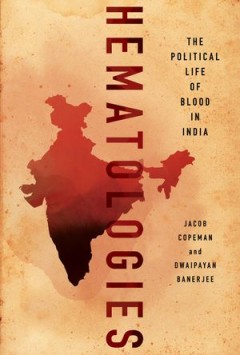
Hematologies : The Political Life of Blood in India
In this ground-breaking account of the political economy and cultural meaning of blood in contemporary India, Jacob Copeman and Dwaipayan Banerjee examine how the giving and receiving of blood has shaped social and political life. Hematologies traces how the substance congeals political ideologies, biomedical rationalities, and activist practices.Using examples from anti-colonial appeals to blo…
- Edition
- -
- ISBN/ISSN
- 1501745115, 9781501745119
- Collation
- -
- Series Title
- -
- Call Number
- -
 Computer Science, Information & General Works
Computer Science, Information & General Works  Philosophy & Psychology
Philosophy & Psychology  Religion
Religion  Social Sciences
Social Sciences  Language
Language  Pure Science
Pure Science  Applied Sciences
Applied Sciences  Art & Recreation
Art & Recreation  Literature
Literature  History & Geography
History & Geography